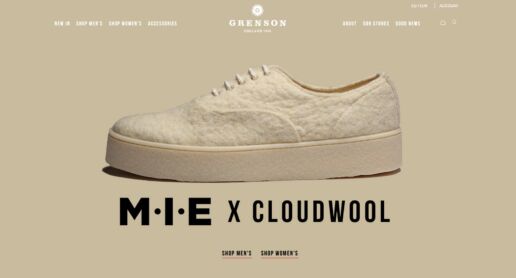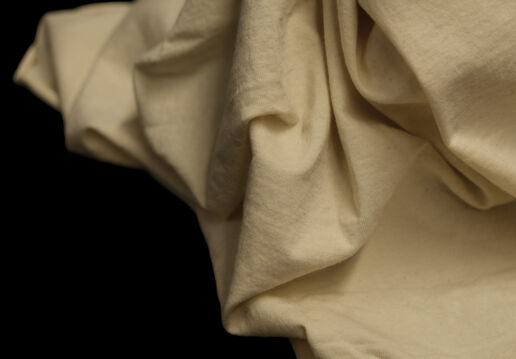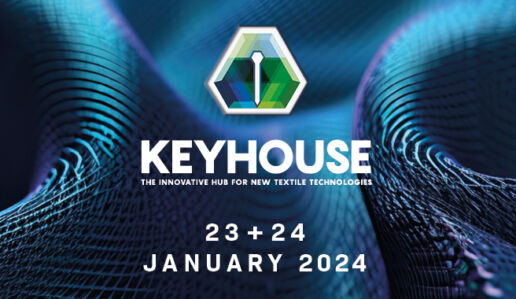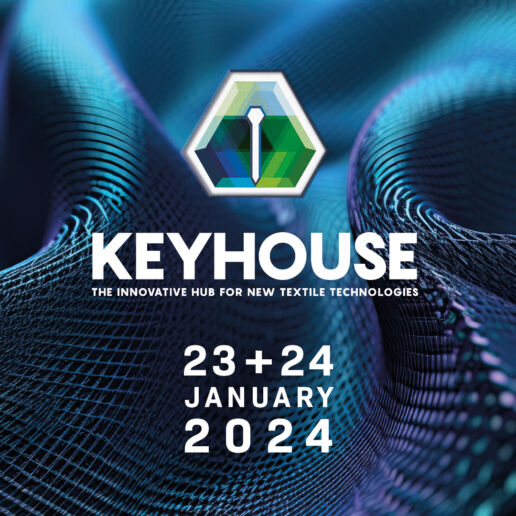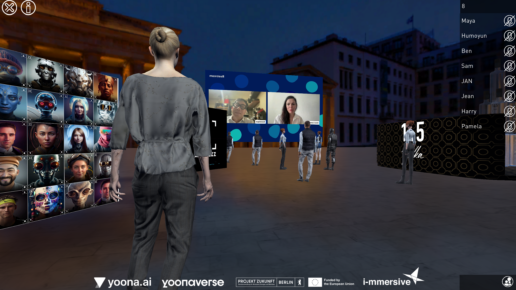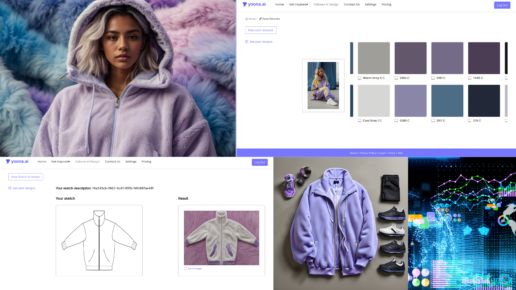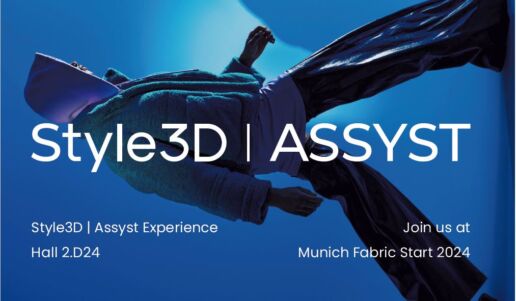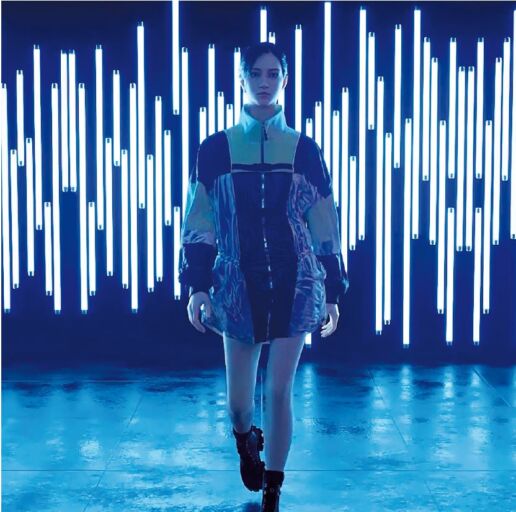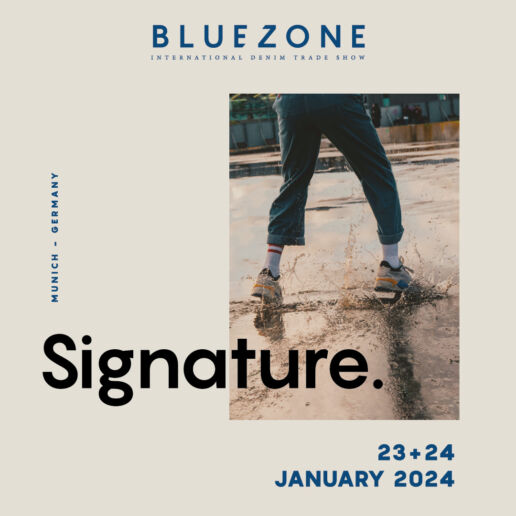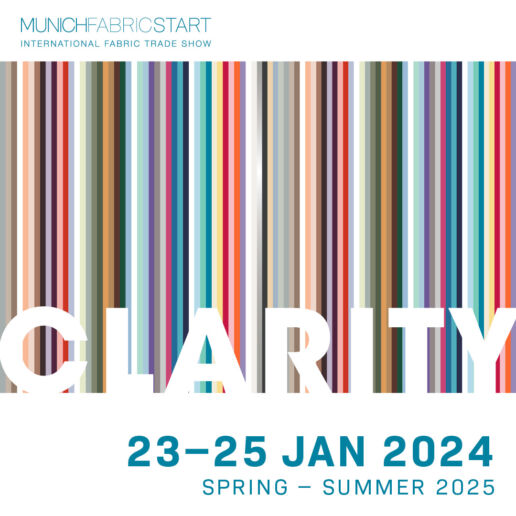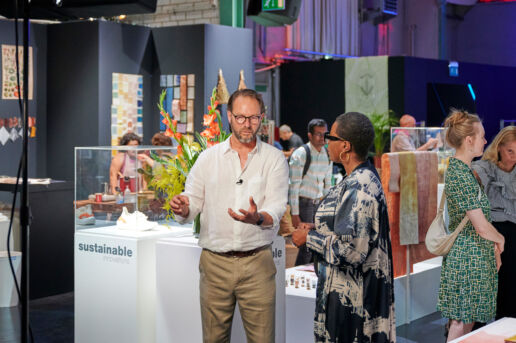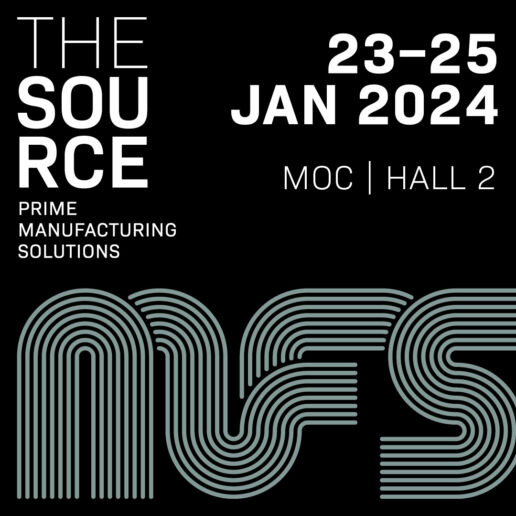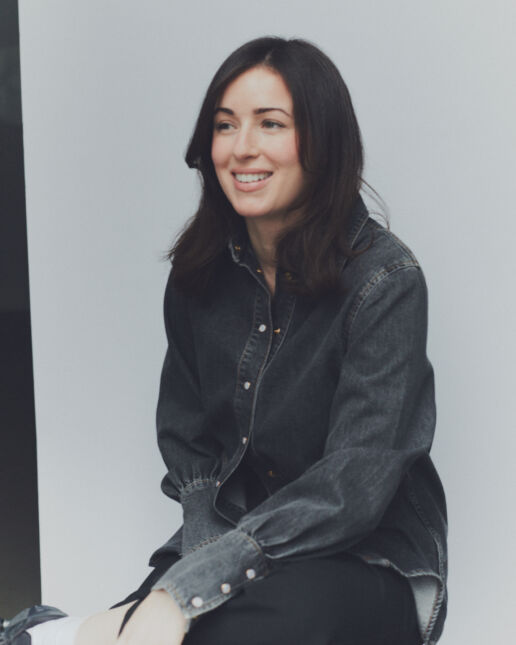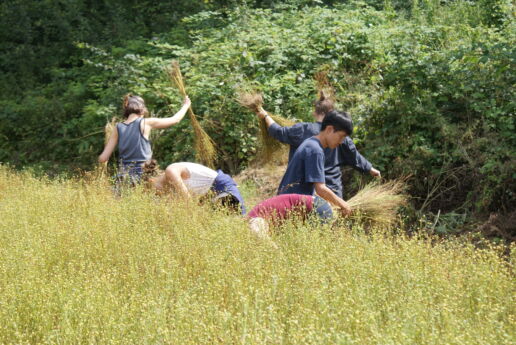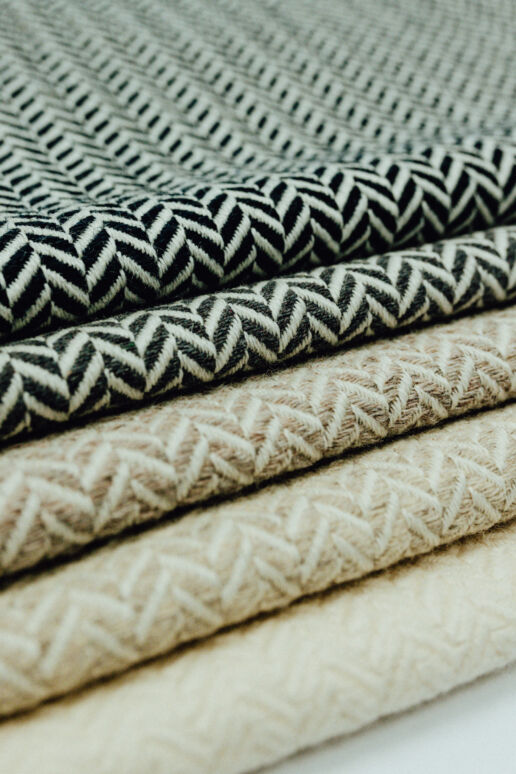Keyhouse
CLOUDWOOL - Sustainable Innovations
Cloudwool, presented by Martin Brambley, is an oasis of sustainability in the textile universe, introducing pure, local wool of new quality to the market. The projects name symbolises not just an island in the sky but also the unity of environmentally conscious production and high-quality materials.
In a time where natural wool is often imported and blended with synthetic fibers, Cloudwool relies on local resources and fights against the neglect of local sheep farmers’ wool. The sustainable angle of Cloudwool emerges from the desire to bring local fibers to the market in new and exciting forms. The 100% local wool, typically considered waste, is transformed into a super-soft and durable fabric through nonwoven technology – without burdening the environment. Natural, breathable, and comfortable, Cloudwool integrates the natural properties of wool into the material to make it as exceptional as possible.
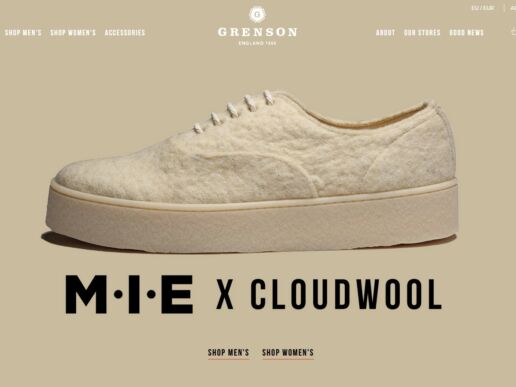
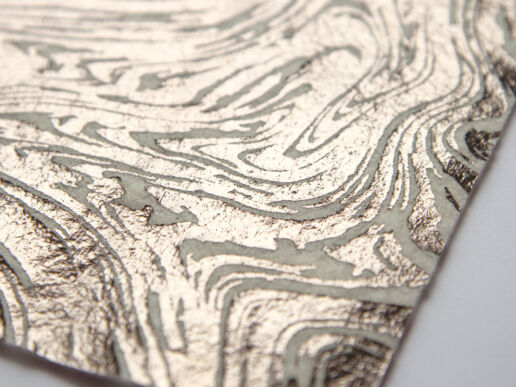
From farm to fabric, Cloudwool relies on local resources, creating a traceable supply chain in collaboration with European sheep farmers. The company pays farmers up to 5 times more than the market price for their wool and produces Cloudwool locally using energy-efficient processes. Together with Cloudwool, you’re not just shaping clothing but also reshaping silhouettes and textures. This isn’t just ordinary wool fabric – with more personality and far fewer post-processing possibilities, the potential is endless.
Doppelhaus, the company behind Cloudwool, was founded by Martin Brambley and Yolanda Leask. In a world where sustainable fashion must be affordable, they are committed to creating sustainable materials for a circular, low-carbon fashion industry of the future. Their innovative approach utilizes efficient nonwoven textile production techniques in line with Cradle-to-Cradle principles.
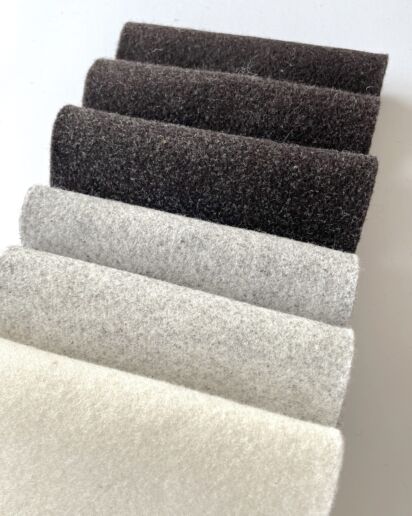
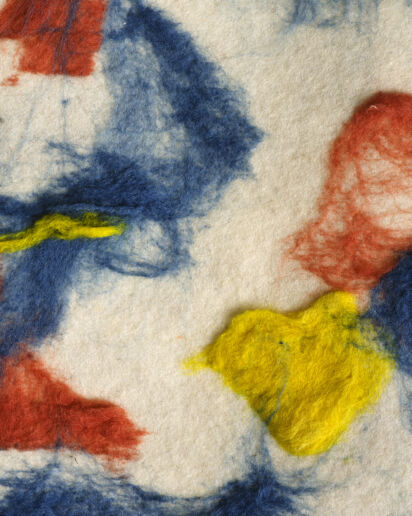
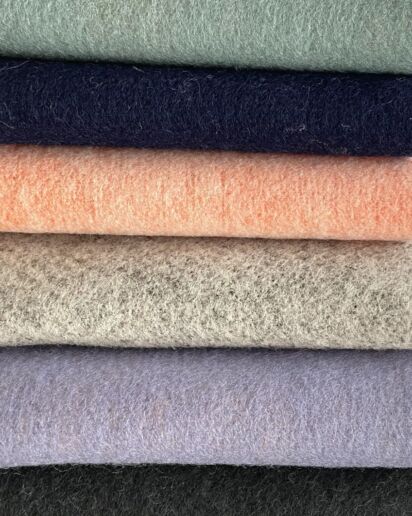
———————————————————————–
THIS MIGHT BE ALSO INTERESTING FOR YOU
Kantamanto Social Club
17. January 2025
The mission of Kantamanto Social Club is clear: to empower communities in the Global South. It aims to shine a spotlight on communities, particularly those whose circular and regenerative practices have been undervalued for too long.
Curiosity, Courage and Craftmanship
17. January 2025
The projects I selected this season challenge us to rethink everything from raw materials to end products and production processes, whilst emphasising on sustainability as an ongoing dialogue.
Cartoon – Fashion for courage, joie de vivre and self-realisation
16. January 2025
Welcome to Cartoon - your invitation to a life full of courage, joie de vivre and self-realisation!
CO2 Tex - Sustainable innovations
Within the BIOTEXFUTURE cluster, the CO2Tex project introduces innovative paths for sustainable elastic yarns. In the context of the overarching BIOTEXTFUTURE project, the Institute for Textile Technology (ITA) and the Chair for Technology and Organizational Sociology (STO) at RWTH Aachen, together with adidas, strive to achieve the transition of the entire textile value chain to bio-based materials.
CO2Tex stands out as a central project within BIOTEXFUTURE, focusing on CO2-containing thermoplastic polyurethane (TPU) as an alternative to conventional elastane. This project revolutionizes elastic yarn production by eliminating toxic solvents, not only reducing environmental impact but also enabling potential industrial mass production.
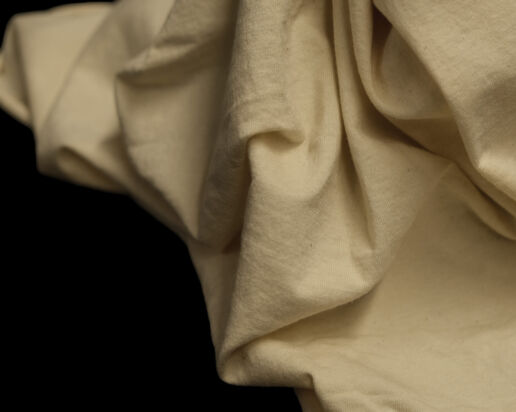
The overarching BIOTEXFUTURE project, led by ITA, STO, and adidas, aims for a swift translation of fundamental research into practical applications. Traditional textiles are to be replaced by sustainable, biobased materials, with CO2Tex playing a pivotal role by demonstrating advancements in the development of commercially viable elastic filament yarns from CO2-containing TPU.
CO2Tex’s goal by October 2024 is to establish these environmentally friendly yarns on an industrial scale, replacing conventional elastane. The project not only focuses on technological advancements but positions itself as a pioneer for sustainable development across the textile industry. By integrating CO2Tex into BIOTEXFUTURE, the vision of an eco-friendly and bio-based future in the textile industry takes a significant step forward.
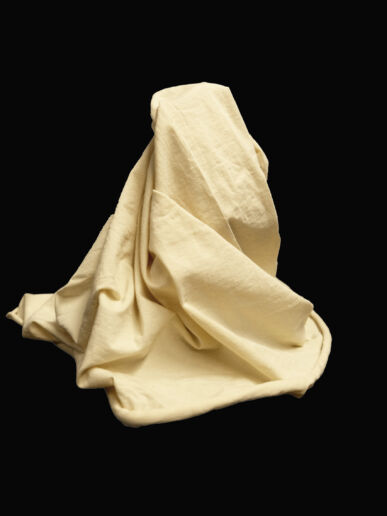
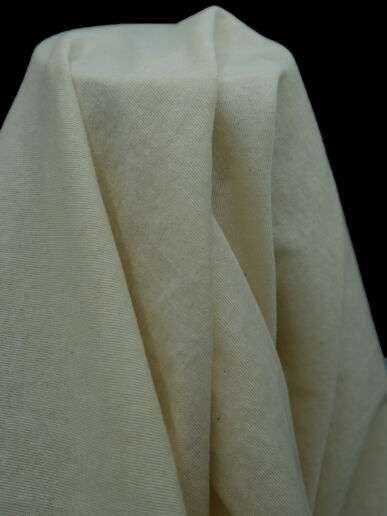
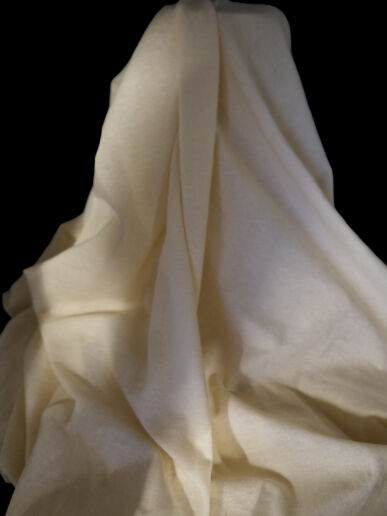
———————————————————————–
THIS MIGHT BE ALSO INTERESTING FOR YOU
Kantamanto Social Club
17. January 2025
The mission of Kantamanto Social Club is clear: to empower communities in the Global South. It aims to shine a spotlight on communities, particularly those whose circular and regenerative practices have been undervalued for too long.
Curiosity, Courage and Craftmanship
17. January 2025
The projects I selected this season challenge us to rethink everything from raw materials to end products and production processes, whilst emphasising on sustainability as an ongoing dialogue.
Cartoon – Fashion for courage, joie de vivre and self-realisation
16. January 2025
Welcome to Cartoon - your invitation to a life full of courage, joie de vivre and self-realisation!
KEYHOUSE 2024 trends spring.summer25
In the atmospheric industrial charm of KEYHOUSE, Hall 5, progressive suppliers and global players from cross-industry sectors will be showcasing their latest new developments and innovations. On over 1,000 square metres, you will find trend-setting future fabrics and new process technologies – be it in terms of sustainability, circular economy, digitalisation & AI, traceability, textile dyeing or finishing. Staged as an interactive think tank, future-oriented show cases will be in the spotlight alongside sustainable innovations.
KEYHOUSE is also home to the main lecture forum of MUNICH FABRIC START with exclusive keynotes, panel discussions, trend presentations, Q&A sessions & expert talks by international industry insiders. Be inspired by the wide range of events at KEYHOUSE.
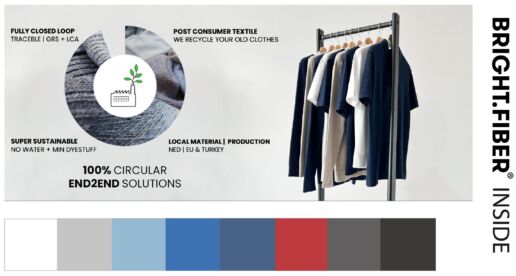
BRIGHTFIBRE
BRIGHT.FIBER® INSIDE: 100% circular – end2end – solution provider. We turn your old clothes into new textile. Brightfiber Textiles works in a fully closed loop and turns post consumer textile waste from the end consumer, into brand new collections. Brightfiber Textiles works with local waste streams and automatically sort, clean and process material into BRIGHT.FIBER’s in their circular factory in Amsterdam.100% circular stock yarns are produced in beautiful, contemporary and seasonal colors. BRIGHT.FIBER minimizes the use of virgin resources and offers circular and sustainable end2end solutions.
EEDEN
eeden enables the production of fibers such as Lyocell, Viscose, or Polyester from end-of-life textiles. They have developed a holistic upcycling technology to extract cellulose and polyester from discarded fabrics. Their process is in line with EU regulations, conserving resources and offering a scalable, circular solution to the waste challenges of the textile industry. Visit them at the KEYHOUSE and learn more about their upscale.
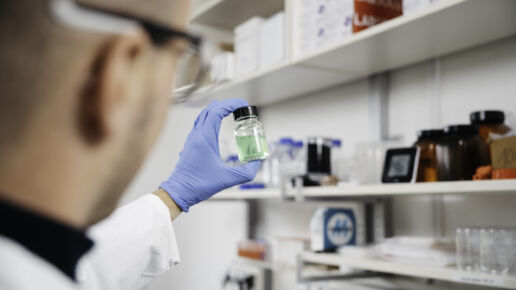
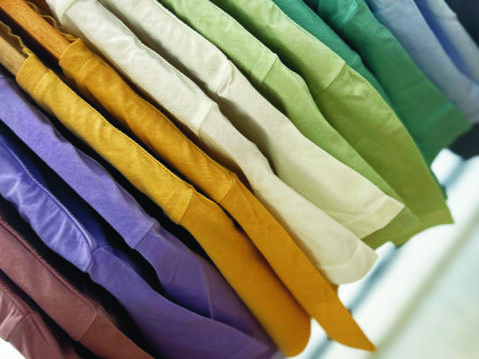
EYAND
EYAND presents a collection with a large range of natural colours, all with very good colour fastness. Certified with Oeko-tex and GOTS. Their natural dye cotton, wool, cashmere and silk garments and offer a full package service from the knitting of the fabric, Inhouse workshop for pattern making and proto samples and garment dyeing with their natural colours.
SOKO
Following its innovative nature, the Italy based chemical company Soko has recently launched the “Projects Division” which aims to become the research department open to collaborations – on a project basis – for all players in the textile industry. The Projects Division will evaluate, analyse and seek solutions for specific targets which will be rised from the corresponding partner or Soko itself. The work will range from the optimisation of the washing process, to new finishing techniques and any topic which may constitute a challenge or a discussion.
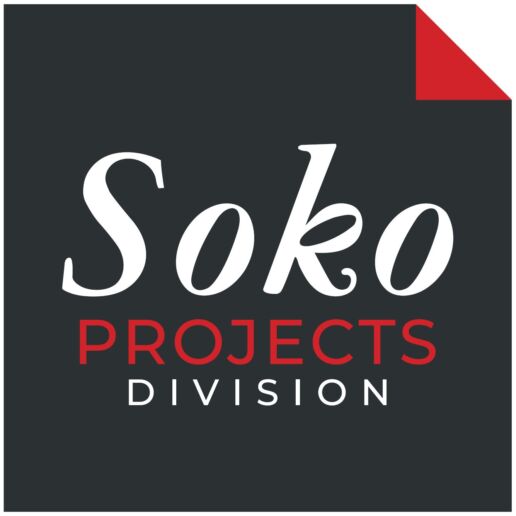
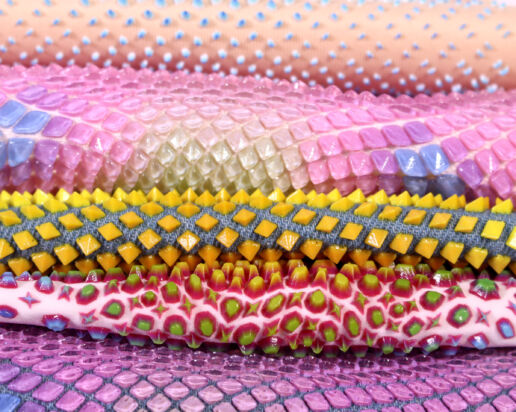
STRATASYS
Stratasys, a 3D printing solutions pioneer, introduces the first 3D printer designed for direct-to-textile printing: the J850™ TechStyle™. Powered by their 3DFashion™ technology, it is already revolutionizing prototyping and manufacturing in the fashion and automotive sectors, enabling unparalleled design complexity and customization. Their technology accelerates lead times, enhances design flexibility, and supports sustainable production, with more applications continually emerging.
WKS
COMBAT CLOTHING WASTE – WKS Group, an established textile solutions provider with 7 European locations, offers an extensive range of sustainable services throughout the fashion supply chain. These include quality assurance, reverse logistics, and personalized recovery strategies for damaged bulk productions. Introducing RE-VOGUE VENTURES, the circular initiative for the resale and refurbishment of second-hand garments involves the management of trade-ins professional renewal/ repair, and re-commerce of pre-loved clothing. This endeavour underscores WKS Group’s commitment to reducing clothing waste by transforming secondhand items into first-choice options, maximizing the lifespan of each garment.

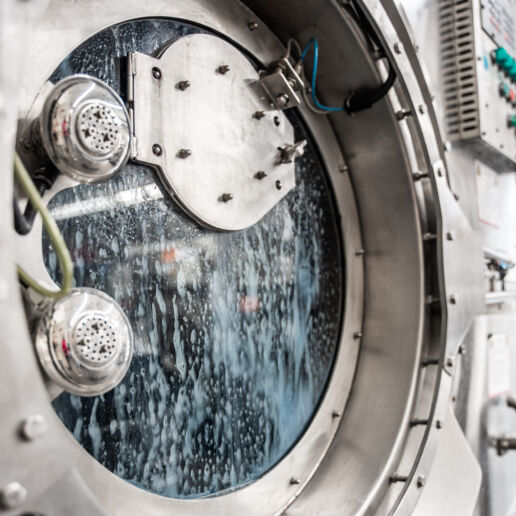
YOONA.AI
yoona.ai Suite seamlessly merges Data Analytics and Generative AI, revolutionizing design as a collaborative interplay between human creativity and technological expertise. Every stroke, colour, and form is shaped by data-driven insights and empowered by AI-generated possibilities. This innovative synergy transforms design into a dynamic, strategic process, aligning aesthetics with market trends. Yoona AI Suite charts a course toward an evolved design landscape that captivates aesthetically while staying finely attuned to the pulse of the market – a fusion where human ingenuity dances alongside technological advancement, shaping a visionary future for design.
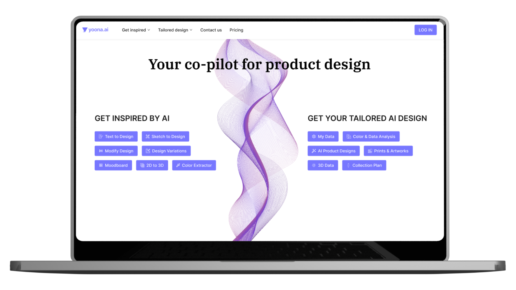
Das könnte Sie auch interessieren
BLUEZONE NEWS FOR JANUARY 2025 – PART III
10. January 2025
DRY SUN collection enhances the raw beauty of natural fibers like cotton and linen, and Lyocell (a sustainable fiber), capturing their rustic look and earthy tones though minimal processing.
WOOL MATTERS BY BEATRIZ ISCA
10. January 2025
Beatriz discovered wool's capacity as a universal language, transcending social, generational, and cultural barriers, and serving as a bridge that connects diverse lives and stories.
BLUEZONE NEWS FOR JANUARY 2025 – PART II
9. January 2025
This season, cutting-edge concepts and technologies take center stage. Step into a new era of sustainable, stylish, and high-performance denim with Calik Denim’s latest collection.
SPRING.SUMMER 26 FABRIC HIGHLIGHTS & MATERIAL NOVELTIES – PART III
9. January 2025
The Quiet Place is the textile representation of an inclusive embrace where experiences, sharing and new stylistic explorations coexist.
BLUEZONE NEWS FOR JANUARY 2025 – PART I
8. January 2025
Keeping the planet in our hearts. Fabrics that are created using natural fibres and regenerative farming practices are the focus of the collection this season.
From Flat to Fantastic
8. January 2025
Instead of settling for flat, static materials, she’s tapping into cutting-edge technology to create three-dimensional fabrics that push us to reimagine what textiles can do – and what they can mean to us.
KEYHOUSE NEWS – FASERKREISLAUF
7. January 2025
At faserkreislauf, they have a clear vision – combining innovation and sustainability.
Additionals Trends Spring.Summer 26 – Part 2
7. January 2025
Embrace smarter, greener solutions while delivering cutting-edge performance. That is what Maxim sustainable solutions are about.
New Fabric Collection by LICA
6. January 2025
This season invites a sense of escapism: just as LICA loves to hop into the charming Citroen Dyane in order to head to the French west coast to unwind, our trend vision takes us to the horses of the Wild West or lets us retreat into our own dream worlds.
The Transformative Designs of Studio Nicky Vollebregt
6. January 2025
In their design process, textile craftsmanship and industrial textile techniques meet, resulting in complex materials that are aimed at unconventional and innovative applications.
Digitale Klarheit im Design - ASSYST
Digital processes elevate design to a new level, but only when the result is right and quick. To ensure the flow of ideas and data, Style3D | Assyst passionately develops and confidently explores new paths.
In the 3D simulation, the dress moves as if caught in a breeze. Whether it‘s a skirt or a down coat, the movement looks so realistic that one tends to forget the computer. Everyone in design, technical development, and pattern teams is meant to experience this seamless connection between the digital and the real world. Fabric, human, and pattern are realistically represented, pushing the boundaries of technology. The results are captivating, opening up new possibilities in clothing development and fabric design.
Digital fabrics facilitate collaboration
With both physical and digital fabric versions, manufacturers can provide better guidance. At events or in their own showroom, fabrics are collectively examined. The scanned digital version can be recolored, enlarged, experimented with in designs, and shared with colleagues on-site or later in the company. Once everyone agrees, the fabric is purchased and ideally produced afterward.
3D design and 2D patterns merge
A common scenario: everything looks good digitally until the pattern comes into play. Suddenly, a seam line on the back or inserts on the sleeves are necessary, disrupting the design idea. Numerous approval rounds like these are required in developing a new collection. It‘s much faster when the design interacts directly with the production-ready pattern. The designer doesn‘t need to switch to the CAD system; the pattern stays in the background, automatically updating and reapproving for significant changes.
3D clothing reaches customers
From showroom to eShop or store, it can take weeks … or just days. With the right tools, 3D designs transform into high-quality marketing and sales visualizations. All with the characteristics of the digital product matching the real one, complemented by suitable digital experiences.
Artificial Intelligence begins to create value
When rapid new ideas are needed, inspiration is crucial. AI, like in a brainstorming session, helps generate fresh ideas and refine one‘s concept. Designs can be created quickly, and unsuitable versions can be sorted out promptly. The right design can be replicated and further refined.
Fashion undergoes sustainable change
When design (3D) and production (2D) seamlessly connect, the apparel industry changes significantly. Design, pattern, and technical development can work more easily, sustainably, and cost-effectively, resulting in less fabric and fewer patterns throughout the process. The remarkable aspect is that this revolution requires minimal effort for individuals. Everyone can continue working in their familiar systems, and the integration of systems leads to a closer collaboration with clear results. Each digital design matches the real product, providing extra clarity that is particularly valuable for design teams, thanks to the benefits of digitization.
WE LOOK FORWARD TO WELCOMING YOU IN
→ HALL 2 | D 24 or digitally at www.assyst.de
PROGRAM:
AI for inspiration and promotion
Digital Knitwear Design with KM.On
3D/2D.Connect – Design with product-ready pattern
Digital Fabric for brands and manufacturers
Collaboration – on site, remote or worldwide
OUR PRESENTATIONS IN THE KEYHOUSE:
Design from idea to shelf – the new possibilities for designers
with AI and 3D/2D.Connect from Style3D | Assyst
Global design & production – 3D/2D CAD in the supply chain
[Best Practice]
Discover more industry-changing innovations at our upcoming trade fairs:
Diversity in Dynamics
Marvelling at the levels of sophistication and innovation modern fabrics have attained and continue to breach, it is easy to forget that our relationship with textiles is one of the most intimate and primal ones we have. Granted, today’s creations are (thankfully) far removed from the scratchy cloth our ancestors wore huddled around the fire.
But over the course of time, our relationship with textiles has changed. While we have – technically and commercially – never been closer to textiles, ambitiously engineering fabric compositions to cater to an increased demand of sustainability, for instance, we are ironically also stepping further away emotionally from what was once – literally – closest to us. Today, our engagement with textiles is largely dependent on the prism through which we choose to experience and value it:
We have increasingly come to approach textiles as objects of research and science, questioning what characteristics new fabrics ought to have and how existing textiles can be improved to comply with the ever-changing demands of the market. Impressive examples of such science-led approaches are two projects within the BIOTEXFUTURE-cluster, led by the Institute for Textile Technology (ITA) and the Chair for Technology and Organizational Sociology (STO) at RWTH Aachen together with their industry partner adidas. Within BIOTEXFUTURE, they investigate the transition of the textile value chain to bio-based materials, including alternatives to conventional elastane (CO₂Tex), or the establishment of bio-based polymers in the industry (BIOBASE).
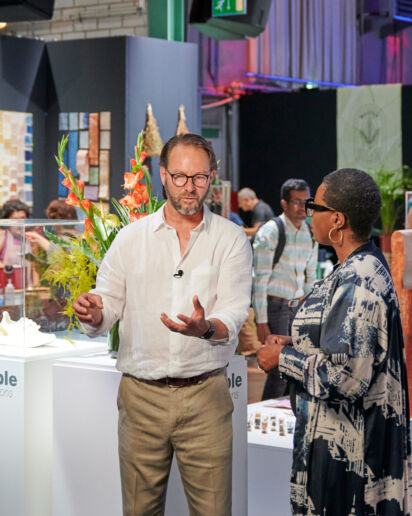
Of course, textiles also lend themselves to in-depth material exploration, analysing intricacies of production and means of (p)rethinking and challenging standards. Think of leather and its unique characteristics – who would have thought something strikingly similar could be crafted from a hemp plant, as illustrated by Lucas Fuhrmann’s “Revoltech”? Or going so far as to almost brutally decontextualize a biomaterial like feathers from their original purpose of insulation, submitting it completely to the functionality of aesthetics, as Suzanne Corcessin has done with “Being Plucked”.
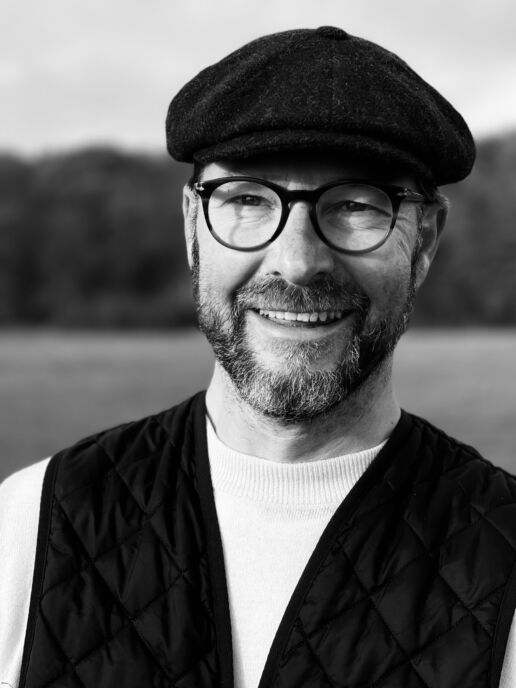
Simon Angel
And still, textiles can be a means of social connection – looking at the emotional component of fabrics, their functionality and the effects they have on others in public and private interaction, reconstructing relationships and the marriage between human and textile. Beautiful testaments of such exploration are the works of Paul Schaffer, whose collection of woven fabrics aims to foster appreciation for the interconnectedness of organisms, Sophie Conroy, who investigates the metaphysical significance of textiles as a connection between the body and the environment, and Elizabeth Balado’s “Blooming Minds: Social Printing”.
Are we leading or following completely different dynamics? Are we at risk of sacrificing artistic intimacy for scientific progress? Are we winning or losing touch? It’s not about being right or wrong, but a question of prism. The Sustainable Innovations Forum proves that it is possible to navigate these different dynamics. Take Cloudwool, for example: with a diverse portfolio and numerous opportunities to work with their product, they have attracted the attention of the likes of Grenson and Balenciaga, effectively demonstrating that it IS possible to unite the different dimensions of soul and science, while successfully positioning their product at the same time.
Feel the difference in dynamics for yourself – come and meet us in the KEYHOUSE and experience the Sustainable Innovations Forum.
Best wishes,
Simon
INFORM & INSPIRE YOURSELF AT THE MUNICH FABRIC START
IN THE SUSTAINABLE INNOVATIONS AREA IN THE KEYHOUSE – H5!
Discover more industry-changing innovations at our upcoming trade fairs:
GANNI – Fashion made from next-gen materials
Munique magazine contributor Muchaneta ten Napel, recently had the opportunity to sit down with Lauren Bartley, the Chief Sustainability Officer at GANNI to dive into the brand’s sustainable initiatives and vision for the future of fashion.
Muchaneta ten Napel (MTN): “Lauren, can you share with us GANNI’s journey towards sustainability and how it’s integrated into your brand’s ethos and fashion design?”
Lauren Bartley (LB): “Absolutely, Muchaneta. It starts with our founders Ditte and Nicolaj, who are personally passionate about the topic of sustainability and hacking the fashion system – it’s at the core of everything we do at GANNI and has been key to our progress in the area. In 2019, we created our first sustainability strategy the GANNI Game-plan comprised of 44+ goals to reach by 2023 surrounding People, Planet, Product and Prosperity. In 2022, we completed our first strategy and became a B Corp Certified company and now we are well in to our second strategy Game-plan 2.0, running until 2025 – which creates further impact to our business model and operations.”
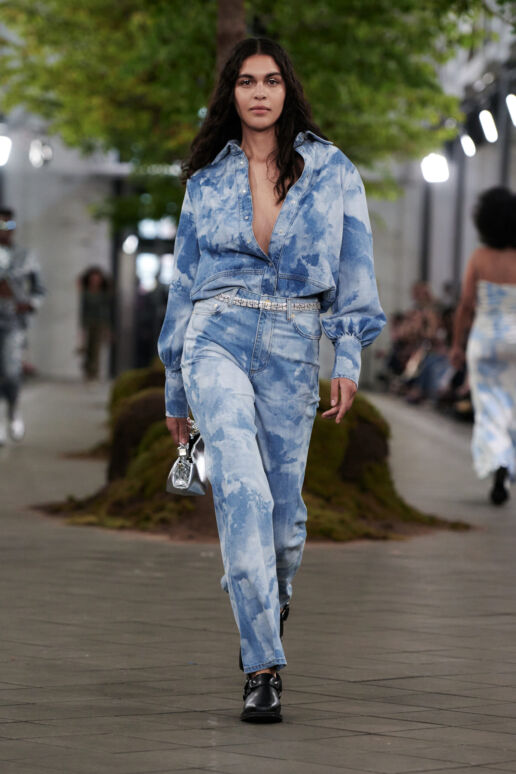
Future Denim Shirt med in Circulose® by Renewcell – a natural material made via textile waste, and Circulose®, which transforms textile waste into a new material without the need for cotton fields, oil, or trees
Our GANNI Bou bag in Ohoskin, made from orange and catus 100% Ohoskin (48% plant-based content, 52% Recycled Plastics)
Photo by Mathias Nordgreen
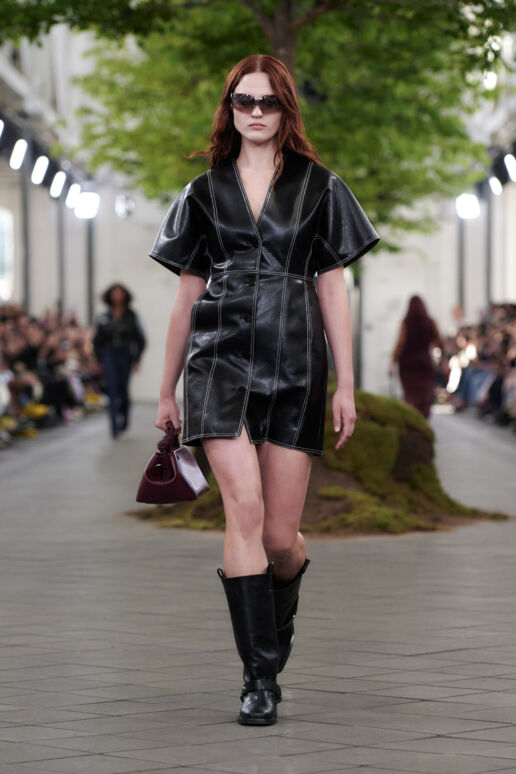
Dress in Oleatex – a plant-based olive leather alternative made from waste streams from olive oil production.
Our GANNI Bou bag in Ohoskin, made from orange and catus 100% Ohoskin (48% plant-based content, 52% Recycled Plastics)
Photo by Mathias Nordgreen
M.T.N.: “What are the unique challenges and opportunities you’ve encountered in incorporating next-generation materials into GANNI’s collections?”
L.B.: “The opportunity is to re-think fashion as we know it and empower our designers to do what they do best – get creative – and create something beautiful. We’re committed to working with fabric innovation as it’s the only way we will reach our ambitious carbon reduction goals – a 50% absolute carbon reduction by 2027. By 2025, 10% of our collections will be made from Fabrics of the Future. There are obviously challenges too, especially around scalability and the commerciality of the materials and that’s why it’s so important for us to invest and encourage other brands to invest too, because we all desperately need the solutions the innovators are offering. Commercial viability, but it’s essential to invest in these innovations.”
M.T.N.: “How has GANNI’s experience been in piloting new textiles on a smaller scale, and what impact has community feedback had on these initiatives?”
L.B.: “We will always introduce a new fabric innovation through a pilot project, to test and learn and get feedback from our community. So far, the response has been extremely positive. For us it’s about seeing these next-gen materials as something new and not comparing it to existing materials and fabrications.”
M.T.N.: “Navigating the costs and investments in sustainable materials is crucial. Can you discuss GANNI’s approach?”
L.B.: “Its early days, for now we have piloted around 10 material innovations, but the challenge is really to scale them to a commercially viable status. The pilots are an investment for GANNI, with no clear return on investment, that is not a sustainable model for any company and that is why we need these innovators to succeed and for GANNI to do whatever we can to help make it possible. We will have Renewcell’s Circulose in our main collections in 2024 and scaled and it’s exciting to see how that resonates with our community.”
M.T.N.: “Could you share insights into GANNI’s strategies for circular fashion and waste management?”
L.B.: “As part of our Game-plan 2.0 and commitment to Circularity, we have a goal of 5% of revenue coming from circular business models by 2025 from a 2021 baseline. With our Circular Business Models we look at new business models that have potential to reimagine the fashion industry as we know it. Currently, we are revising the Circularity strategy and will be sharing more on our goals within the pillars ‘Designed for Circularity’, ‘Recycling’ and ‘Circular Business Models’ in early 2024.”
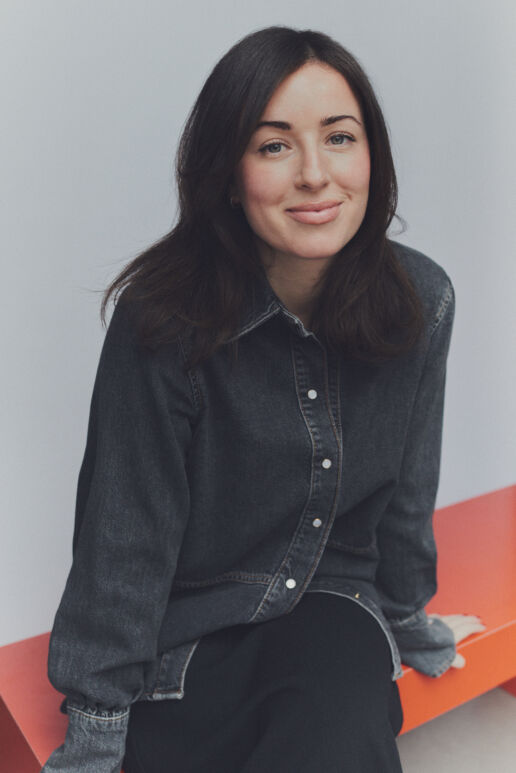
M.T.N.: “How does GANNI approach consumer education regarding sustainable fashion?”
L.B.: “Our biggest communication channel on Responsibility is our instagram account @GANNI.Lab where 100% of the feed is dedicated to our journey in becoming the most responsible version of ourselves. This is very much about what GANNI needs to do and where we are on our journey and does not put the onus on the end consumer. With all our communication we try to speak to our community in a meaningful and honest, not perfect way, showing the hard stuff, the stuff we didn’t get right, as much as we show the stuff we nailed.”
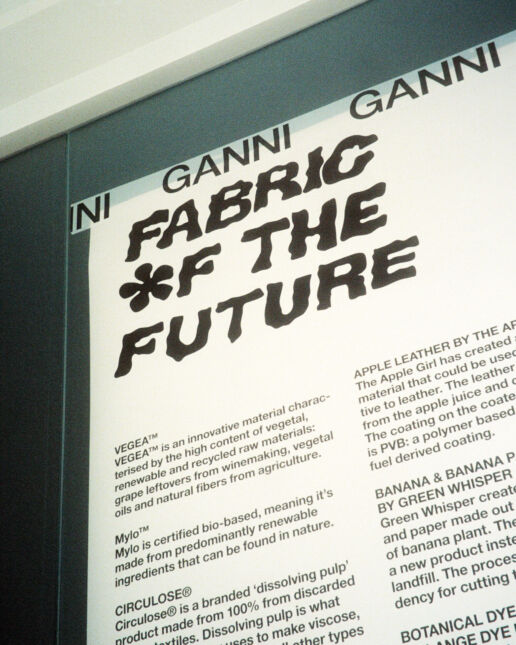
M.T.N.: “In the context of forming partnerships, what insights can you share about GANNI’s collaborations?”
L.B.: “We believe in the power of industry collaboration, no brand will succeed in a sustainable transition alone. GANNI works with over 30 material innovators and 13 partners and software solutions to help us progress on environmental sustainability, social sustainability and traceability. We would not be where we are without our partners.”
M.T.N.: “As the Chief Sustainability Officer, what is your vision for the future of sustainable fashion?”
L.B.: “For me, the onus is on the brands to offer more sustainable solutions to its customers – whether that be more responsible fabrics, transparent supply chains, workers paid a living wage and the adoption of new business models such as resale. We cannot force people into sustainable fashion, but by making it convenient, accessible and raising the education and awareness of some of the challenges and ultimately solutions in the industry, we can encourage more responsible consumption and behaviour. It’s a brave endeavour for a brand to recognise their own shortcomings, but being transparent, being honest and not perfect solidifies the value and integrity of the company- which ultimately, we can all appreciate as consumers”.
Are you interested in more in-depth facts and figures on the new textile industry?
Visit the Shape Innovate Lounge in H5 | 04 or take part in the mini-lectures in the Keyhouse.
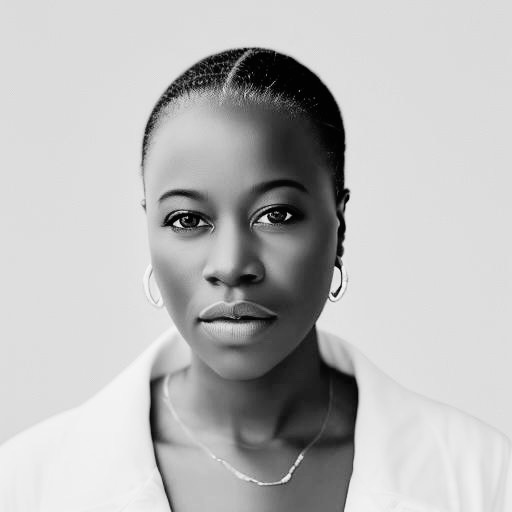
About the author
Muchaneta Ten Napel is the founder of Shape Innovate, a company that critically examines the economic impact of the fashion industry and publishes comprehensive, data-driven research, white papers and forecasts that shed light on the fiscal dynamics of both fast fashion and sustainable fashion practices.
In addition to running Shape Innovate, Muchaneta is the driving force behind FashNerd.com, her own digital platform dedicated to the latest tech developments in the fashion industry. As well as writing for her platform, she has also contributed to Vogue Business and is currently a senior contributor at The Interline.
Muchaneta is a lecturer at London College of Fashion (UAL), has taught at Conde Nast College of Fashion and UCL and has held a workshop at Zurich University of the Arts to share her extensive knowledge.
With extensive industry experience, Muchaneta is also a fashion innovation consultant and has authored in-depth research for companies such as LVMH Atelier.Muchaneta, who was actively involved with the UNFCC and Climate KIC during COP27, is now Chair of the Cultural and Creative Industries (CCI) Taskforce for the UN Climate Change Global Innovation Hub.
To further expand her influence, Muchaneta hosted the Innovation Stage at the Global Fashion Summit in Copenhagen and is a board member of the Fashion Innovation Center, where she contributes her strategic insights to further revolutionise the industry.
Muchaneta ten Napel | m@shapeinnovate.com
This might be also interesting for you:
BLUEZONE NEWS FOR JANUARY 2025 – PART III
10. January 2025
DRY SUN collection enhances the raw beauty of natural fibers like cotton and linen, and Lyocell (a sustainable fiber), capturing their rustic look and earthy tones though minimal processing.
WOOL MATTERS BY BEATRIZ ISCA
10. January 2025
Beatriz discovered wool's capacity as a universal language, transcending social, generational, and cultural barriers, and serving as a bridge that connects diverse lives and stories.
BLUEZONE NEWS FOR JANUARY 2025 – PART II
9. January 2025
This season, cutting-edge concepts and technologies take center stage. Step into a new era of sustainable, stylish, and high-performance denim with Calik Denim’s latest collection.
SPRING.SUMMER 26 FABRIC HIGHLIGHTS & MATERIAL NOVELTIES – PART III
9. January 2025
The Quiet Place is the textile representation of an inclusive embrace where experiences, sharing and new stylistic explorations coexist.
BLUEZONE NEWS FOR JANUARY 2025 – PART I
8. January 2025
Keeping the planet in our hearts. Fabrics that are created using natural fibres and regenerative farming practices are the focus of the collection this season.
From Flat to Fantastic
8. January 2025
Instead of settling for flat, static materials, she’s tapping into cutting-edge technology to create three-dimensional fabrics that push us to reimagine what textiles can do – and what they can mean to us.
KEYHOUSE NEWS – FASERKREISLAUF
7. January 2025
At faserkreislauf, they have a clear vision – combining innovation and sustainability.
Additionals Trends Spring.Summer 26 – Part 2
7. January 2025
Embrace smarter, greener solutions while delivering cutting-edge performance. That is what Maxim sustainable solutions are about.
New Fabric Collection by LICA
6. January 2025
This season invites a sense of escapism: just as LICA loves to hop into the charming Citroen Dyane in order to head to the French west coast to unwind, our trend vision takes us to the horses of the Wild West or lets us retreat into our own dream worlds.
The Transformative Designs of Studio Nicky Vollebregt
6. January 2025
In their design process, textile craftsmanship and industrial textile techniques meet, resulting in complex materials that are aimed at unconventional and innovative applications.
A cultural heritage - Sustainable Innovations
Flax was traditionally grown as a crop in the Netherlands, and Dutch linen was one of the most sought-after for a long time because of its good quality. Today that is no longer the case. Therefore, in 2018, Crafts Council Nederland, in cooperation with the Fashion Design Master of ArtEZ University, initiated ‘The Linen Project’ to revive the economic viability of local flax cultivation and linen production in the Netherlands, while transforming it in a sustainable way.
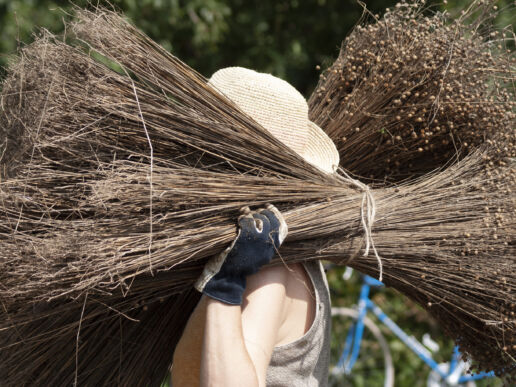
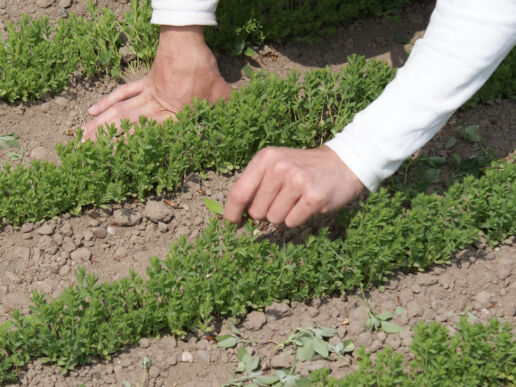
The Linen Project aims to change and challenge thinking in a multidisciplinary way across fields and sectors – agriculture, history, heritage, (landscape)
architecture, fashion, food, crafts, design, contemporary art, economics, innovative business. After all, the whole world is changing. On the one hand, people are more digitally connected to each other than ever before. But at the same time, there is a growing interest in connecting to the products we use and consume every day and how they are made. How and where are our roots? How can we reconnect with deep human values and ancient knowledge and skills? The Linen Project explores the tradition of linen production in the Netherlands and drives the exchange of different values, knowledge, skills and competences across industry boundaries.
Learning by doing is the motto of the project: prototypes of new economic, social and cultural ecosystems are created in a dynamic environment, demonstrating the vital importance of (biological) diversity. The production process involves only four steps – the flax from 2019, for example, was grown on the Lingehof near Arnhem (NL), mechanically processed by Van de Bilt Zaden en Vlas in Sluiskil (NL), spun in Poland and woven into linen by Enschede Textielstad in Enschede (NL). In the process, “old” knowledge meets new technologies, so that future production is based on and builds on a restored connection between people and nature.
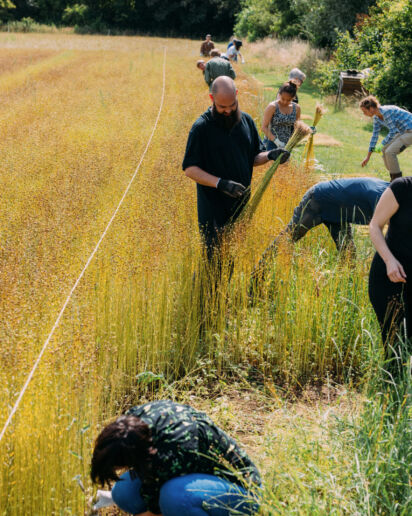
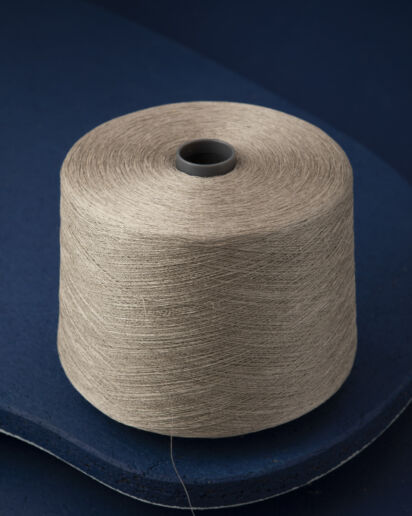
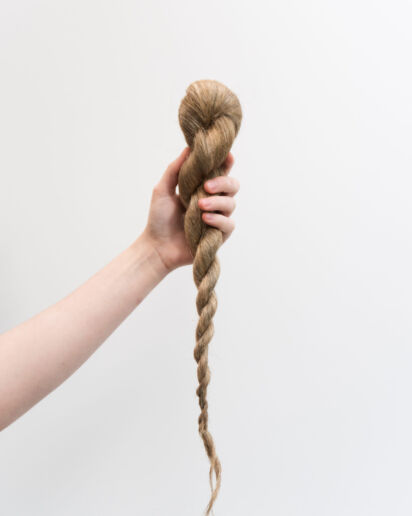
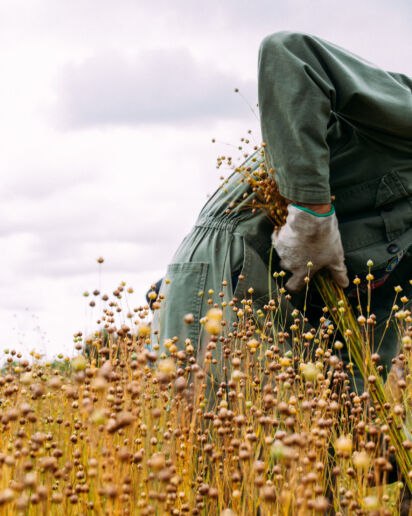
“The Linen Project is our collaborative effort to understand the making of local textiles and experience the beauty of it. This is a shared journey where we, learning by doing, rediscover our relationship with nature and each other.”
WILLEMIEN IPPEL, CO-FOUNDER CRAFTS COUNCIL NEDERLAND
———————————————————————–
THIS ALSO MIGHT BE INTERESTING FOR YOU
Kantamanto Social Club
17. January 2025
The mission of Kantamanto Social Club is clear: to empower communities in the Global South. It aims to shine a spotlight on communities, particularly those whose circular and regenerative practices have been undervalued for too long.
Curiosity, Courage and Craftmanship
17. January 2025
The projects I selected this season challenge us to rethink everything from raw materials to end products and production processes, whilst emphasising on sustainability as an ongoing dialogue.
Cartoon – Fashion for courage, joie de vivre and self-realisation
16. January 2025
Welcome to Cartoon - your invitation to a life full of courage, joie de vivre and self-realisation!
Cooperation is key - Sustainable Innovations
Local and recycled: Enschede Textielstad was founded in 2013 by Annemieke Koster to create responsibly produced fabrics from recycled yarns and local raw materials such as flax, hemp and wool for apparel and interior textiles. To keep the supply chain as short and regional as possible, one of the main focuses of the concept is to develop smart and circular uses of waste streams and local resources – for example, Dutch wool. Its quality is not good enough to make clothes from, and to date there has been no viable business model in sight for this resource – so it has been burned. However, what is not good enough for clothing may be absolutely sufficient for other purposes, so Enschede Textielstad now weaves fabrics from the wool that are ideal for upholstered furniture.
The same applies to linen – there have been no projects with economic viability in the Netherlands to date. To change this, The Linen Project was founded in 2019 as an initiative of Crafts Council Nederland and ArtEZ University of Fine Arts (see feature in also this Sustainable Innovations issue). In 2020, the two projects began a collaboration based on division of labor, with Enschede Textielstad acting as a weaving mill for flax cultivated in the Netherlands.
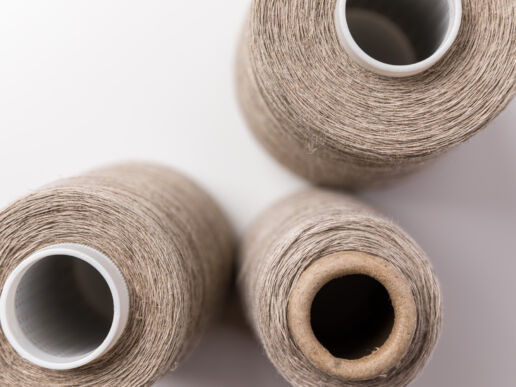
“We are bridging the gap between mass production and laboratory scale testing. We do so with a focus on sustainable, local and social production on the most innovative machine the industry has to offer. With our investment and expertise we help the industry move forward by testing new materials in early stages of development.”
ANNEMIEKE KOSTER, FOUNDER ENSCHEDE TEXTIELSTAD
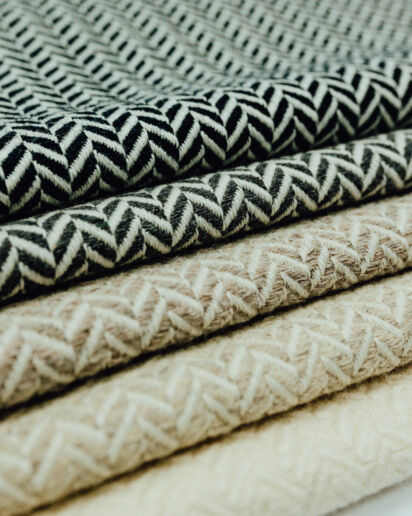
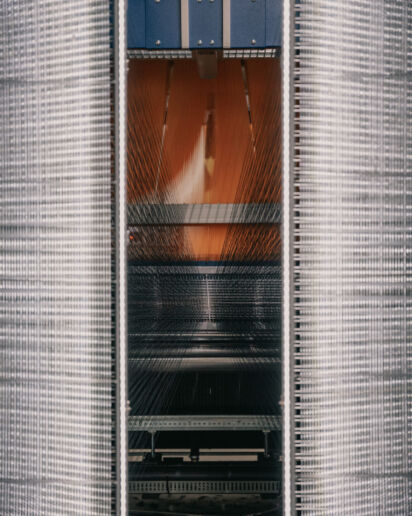
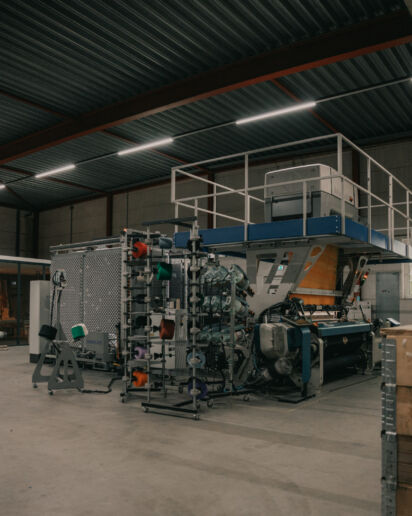
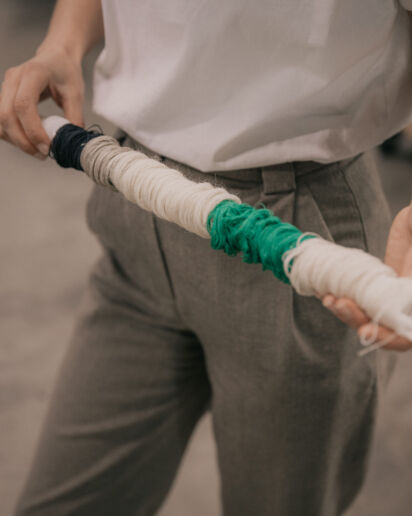
This collaboration is accompanied by a new cooperative business model: instead of simply selling the fabric by the meter to customers, a subscription model was designed for The Linen Project. Customers become part of the supply chain and share responsibility for the process of harvesting, weaving and finishing. The fabrics are then sold as “lots”, with all the imperfections as these are part of the subscription.
———————————————————————–
THIS MIGHT ALSO BE INTERESTING FOR YOU
Kantamanto Social Club
17. January 2025
The mission of Kantamanto Social Club is clear: to empower communities in the Global South. It aims to shine a spotlight on communities, particularly those whose circular and regenerative practices have been undervalued for too long.
Curiosity, Courage and Craftmanship
17. January 2025
The projects I selected this season challenge us to rethink everything from raw materials to end products and production processes, whilst emphasising on sustainability as an ongoing dialogue.
Cartoon – Fashion for courage, joie de vivre and self-realisation
16. January 2025
Welcome to Cartoon - your invitation to a life full of courage, joie de vivre and self-realisation!
Circularity is key - Sustainable Innovations
From old to new: Pre-Loved is a biotextile concept in which new products are created from used post-consumer textile waste. In a unique production process, low-quality mixed textile fibres are transformed into a robust, paper- and leather-like material that is suitable for a variety of applications – from fashion to interior design and product design.
Designer Sarmite Polakova gives waste a new meaning in this context: instead of something negative, she perceives it as a surplus recyclable material that can, however, at the same time be a resource for the creation of something new – the focus here is on circularity: it is about the recyclability of the material; a product made by Studio Sarmite can be dissolved at the end of its life and the textile fibres can be used for the next production cycle. The lightweight material displays a processuality, revealing a new aesthetic and highlighting each previous life of a worn garment through nuances of colour and texture. It can feature marble-like patterns as well as hues accentuated by natural dyes.
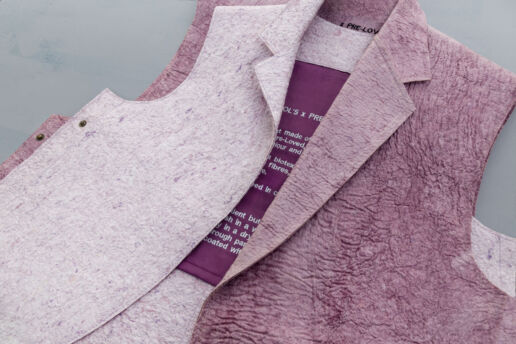
“The term ‘waste’ should be seen as a surplus rather than something negative and thus can be turned into a resource for creating something new.”
SARMITE POLAKOVA
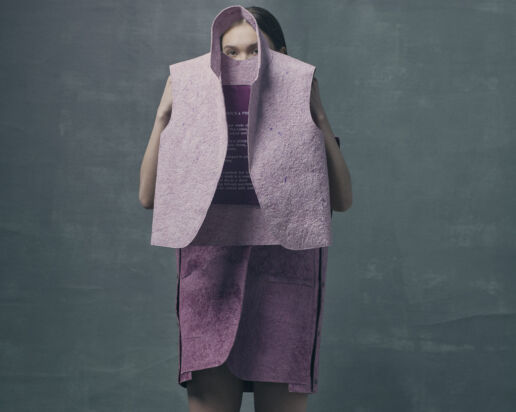
Cooperation is key – first Sarmite Polakova of Studio Sarmite teamed up with colour specialist Roua Alhalabi of Roua Atelier. The result of the collaboration is a groundbreaking dyeing method for blended fabrics based on natural pigments. The dyeing process is integrated into the production of the organic biotextiles and leads to a unique design language that gives room for surprising patterns and a certain playfulness. Moreover, the two designers have found a way to extract the dye during the recycling process of the textiles and use it for the next life cycle without the need for additional resources.
“Nature gives us a lot of resources that can be used in the natural dye industry. In fact, everything around us can be used to make color and support new materials. By using eco- riendly materials, we can become more sustainable and make a good impact.”
ROUA ALHALABI
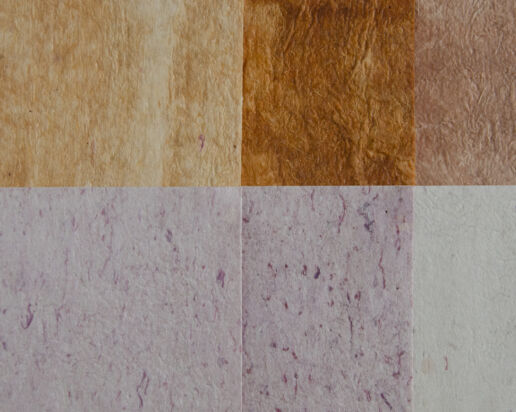
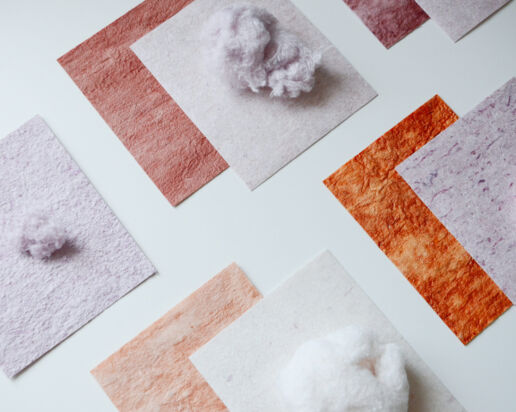
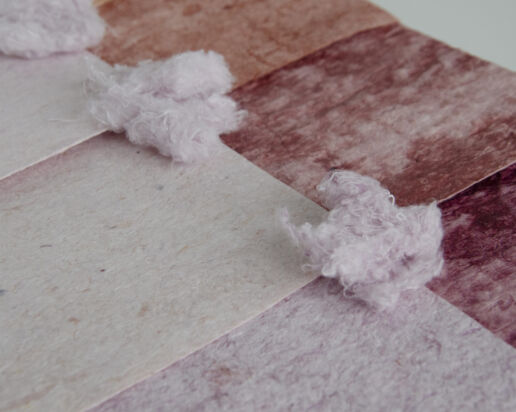
———————————————————————–
THIS ALSO MIGHT BE INTERESTING FOR YOU
Kantamanto Social Club
17. January 2025
The mission of Kantamanto Social Club is clear: to empower communities in the Global South. It aims to shine a spotlight on communities, particularly those whose circular and regenerative practices have been undervalued for too long.
Curiosity, Courage and Craftmanship
17. January 2025
The projects I selected this season challenge us to rethink everything from raw materials to end products and production processes, whilst emphasising on sustainability as an ongoing dialogue.
Cartoon – Fashion for courage, joie de vivre and self-realisation
16. January 2025
Welcome to Cartoon - your invitation to a life full of courage, joie de vivre and self-realisation!
Next Generation Material - Sustainable Innovations
Bio-based, locally produced, on demand: that’s MYCOTEX by NEFFA – a flexible material whose properties lie somewhere between leather, plastic and artificial leather. Production takes place in three steps: First, customisable and/or recyclable forms are created in an automated 3D design process. With the help of liquid fermentation, innovative materials are produced – the technique works for mycelium, but is also suitable for other biomaterials. In the end, the final textiles are produced by robotic applications without any weaving, cutting or sewing. In this way, the modelling process is similar to the injection moulding process – except that only natural materials are used instead of plastics.
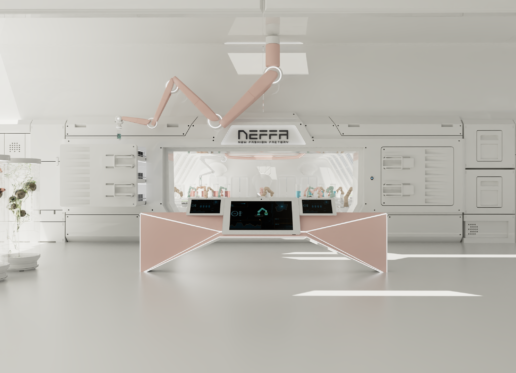
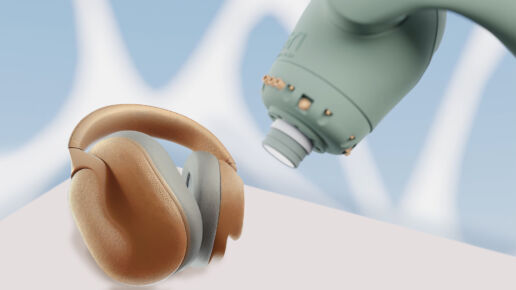
In leather production, the most resource-intensive factors are the land required for animal husbandry, the consumption of water for tanning, the energy required and the CO2 emissions. It is precisely in this production chain where MYCOTEX comes into play: Resource-saving robotic applications can save 10 to 30 percent of waste, and in addition, the production of materials and products takes place directly on site, so there are no emissions for transport. The textiles are biodegradable and can even be composted at home.
More than Mycelium: At the beginning of the project, founder Aniela Hoitink focused in particular on the material MYCOTEX. Within the last three years, this has developed into NEFFA, a completely automated manufacturing method for different types of biomaterials. NEFFA stands for New Fashion Factory. The innovative system is based on automation, can be recycled and offers unlimited freedom of design. The patented process offers unprecedented design freedom to create silhouettes and textures that would never have been possible with traditional manufacturing methods and creates a local and completely transparent process that can be adapted to constant changes. For the textiles of tomorrow.
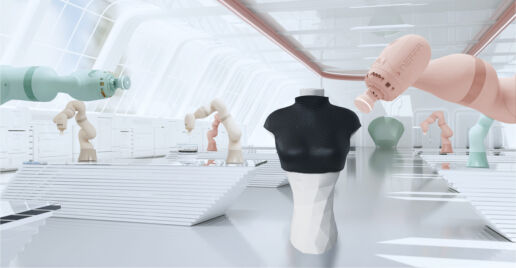
“The fashion and textile industry is working on steps to improve: material innovation, better dyeing processes, a reduction of water, quick fixes that are needed right now. This will not be enough in the future. We need a big step to transform the industry. And we need it to be local, with a better working environment and without waste.”
ANIELA HOITINK
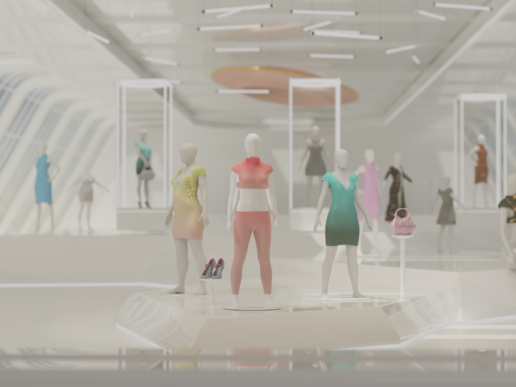
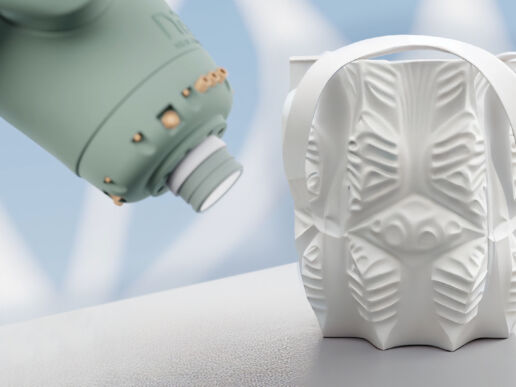
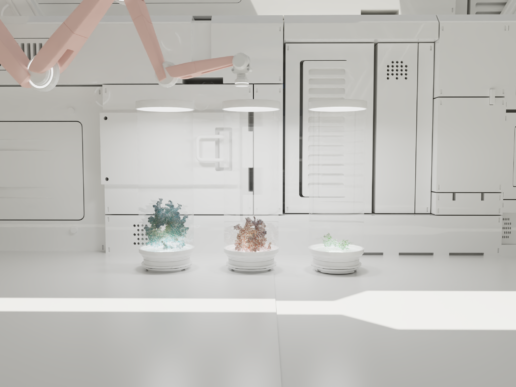
———————————————————————–
THIS ALSO MIGHT BE INTERESTING FOR YOU
Kantamanto Social Club
17. January 2025
The mission of Kantamanto Social Club is clear: to empower communities in the Global South. It aims to shine a spotlight on communities, particularly those whose circular and regenerative practices have been undervalued for too long.
Curiosity, Courage and Craftmanship
17. January 2025
The projects I selected this season challenge us to rethink everything from raw materials to end products and production processes, whilst emphasising on sustainability as an ongoing dialogue.
Cartoon – Fashion for courage, joie de vivre and self-realisation
16. January 2025
Welcome to Cartoon - your invitation to a life full of courage, joie de vivre and self-realisation!


